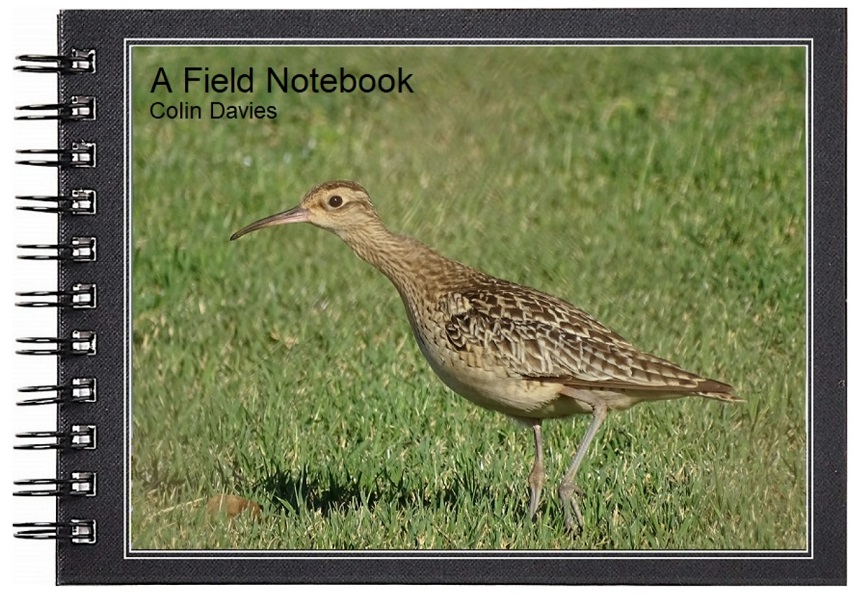The yellow-browed warbler showed exceptionally well today in the willow scrub at the south west corner of the pool near Cloverdell. It called persistanly for about 5 minutes, and seemed very inquisitive, coming to within about 3m of where I was standing. It still proved difficult to photograph, constantly on the move and with twigs, branches and leaves in the way which the camera preferred to focus on rather than the bird, but at least the light was better here and the bird was much closer than it was when in the sycamore canopy the other day. Then it stopped calling and I didn't see it again all morning. That's the way it is with this bird I'm afraid. Also on the pool this morning, green sandpiper still, 16 wigeon, 8 teal with 5 swallows over.
I'm actually feeling quite positive about the place at the moment, it seem to be developing quite nicely. The willow scrub around the pool goes around it in about 6 parallel, almost impenetrable rows with grassy / scrubby gaps in between, which form quite a good barrier and screen, and there's only really one way down to the pool. It's clear to see that each ring was formed as the water level receded, and indeed there are currently willow saplings right down at the waters edge starting to form the next ring.
Clearly over the years the water level has not gone down gradually. It must have dropped and then stayed at that level for a while allowing a ring to form before dropping again, then stopping and allowing another ring to form, and so on. Hopefully though it won't drop any further.
There are a lot of small birds feeding in the willow scrub, including at the moment the yellow-browed warbler, and the grassy areas in between have proven good for inverts this year. Hopefully if the scrub is allowed to continue to grow and the place is allowed to develop, though it may never get back to what it was, in a year or two it could still be a top local site again.
While I was walking around today I decided to have a look at the composition of the scrub, just to see which trees are taking hold. The yellow-browed warbler above was photographed in grey willow Salix cinerea, but this isn't the only willow species present, in fact it's just one of several.
There are at least three species of willow in this photo, osier S. viminalis, goat willow S. caprea and grey willow.
Goat willow.
Grey willow
Osier.
Eared willow S. aurita.
White willow S. alba.
White willow.
In amongst the higher more established rings there is also quite a lot of birch, including silver birch Betula pendula.
Also white poplar Populus alba is growing in the higher ring.
It's not just pioneer trees though which are at the pool, in the drier areas there are already a few saplings of other trees such as this sycamore Acer pseudoplatanus. In time these trees are likely to take over if the place is left undisturbed. This photo also shows the typical composition of the grassy areas in between the rings, which includes various rushes, grasses and forbs dominated by willowherbs Epilobium sp., ragwort Senecio jacobaea and gypsywort Lycopus europaeus.
Goldfinches are amongst the birds which feed on seeds of the various plants.
Gypsywort.
I was pleased to find a couple of small patches of this sedge, Galingale Cyperus longus, it's a species I have never seen in the northwest previously.
Galingale.
There's a nice area of oak woodland to the north of the pool. It would be even nicer if it didn't have the constant noise of the M6 as a backdrop.
Thursday, 13 October 2016
Subscribe to:
Post Comments (Atom)
Popular Posts
-
To be honest I did have an inkling of what today might bring when I wrote yesterdays blog post! A birder on yesterdays crossing ...
-
I was at the top of Billinge Hill watching a tree pipit this morning when I received news that there had been a Hudsonian godwit at Bu...





























No comments:
Post a Comment